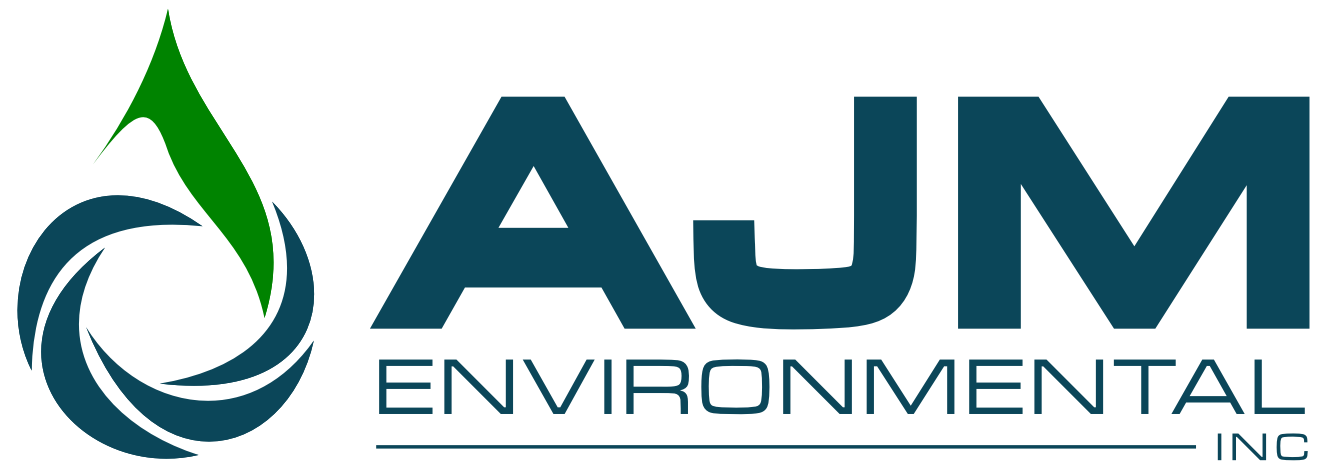Valuing Alberta's Wetlands: Dry Doesn’t Mean Unimportant
"That’s not a wetland, it’s dry!"
For many, it can be difficult to visualize wetlands in grassland ecosystems or crop fields, especially when they appear dry for most of the year. However, wetlands play a critical role in managing floods and droughts by storing and gradually releasing water, filtering out nutrients and contaminants, and providing habitat for diverse species—including migratory birds, amphibians, and over 400 plant species in Alberta alone.
Despite their sometimes-dry appearance, wetlands are vital ecosystems. In Alberta, approximately 20% of the province is covered by wetlands, making their conservation essential.
For those involved in development, wetlands present unique challenges—but also opportunities. Many of AJM’s clients work in and around critical wetland areas, and our team of Wetland Specialists help navigate the complexities of conservation, restoration, and regulatory compliance.
4 Key Considerations for Development in Alberta’s Wetlands
Whether you're building infrastructure or managing land development, understanding Alberta's wetland regulations is crucial to avoiding delays and ensuring responsible practices. If your project involves a temporary disturbance in a wetland, here are four essential things to know:
1. Avoidance Is Key
Whenever possible, pipeline routes should be designed to avoid wetlands, minimizing environmental impact and regulatory hurdles.
2. Notification
If a pipeline must cross a wetland, a Code of Practice (COP) Notification and a Wetland Assessment Impact Form (WAIF) must be submitted to the Alberta Energy Regulator (AER) at least 14 days prior to construction. The WAIF supports temporary and low-risk wetland activities regulated by Alberta Environment and Protected Areas (AEPA) and the AER.
3. Wetland Assessment Procedures
Under the Wetland Identification and Delineation Directive, there are five Pathways that can be used to assess and delineate wetlands, based on the characteristics of the wetland being assessed. Pathway 1 is a simple desktop delineation, while Pathway 5 involves a comprehensive desktop delineation with a field verification.
4. Crown-Claimable Wetlands
If a wetland is semi-permanent or permanent, the wetland should be reviewed by the AEPA Water Boundaries Unit to determine if the Crown will claim it as a permanent waterbody. If a claim is made, then Public Lands Approval would be required.
Wetlands Matter
Many forms of development—including roads, wells, & pipelines—involve temporary disturbance to wetlands, making regulatory awareness essential to prevent delays and mitigate environmental impacts. If you want to learn more, please don’t hesitate to get in touch! At AJM, we’re here to help with all your wetland conservation, restoration, and compliance needs.
Written By: Misha Lavoie, AJM Environmental Biologist




